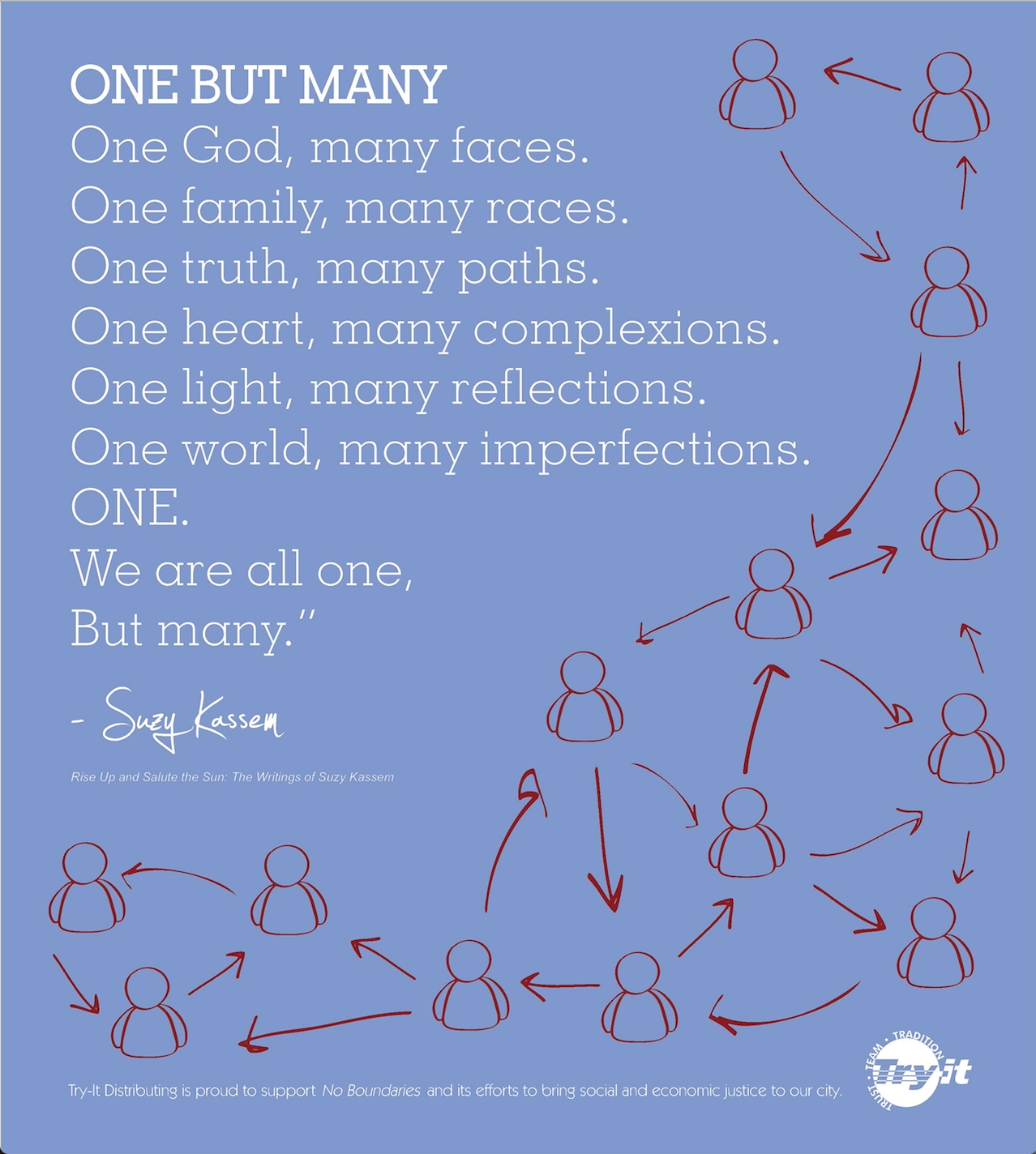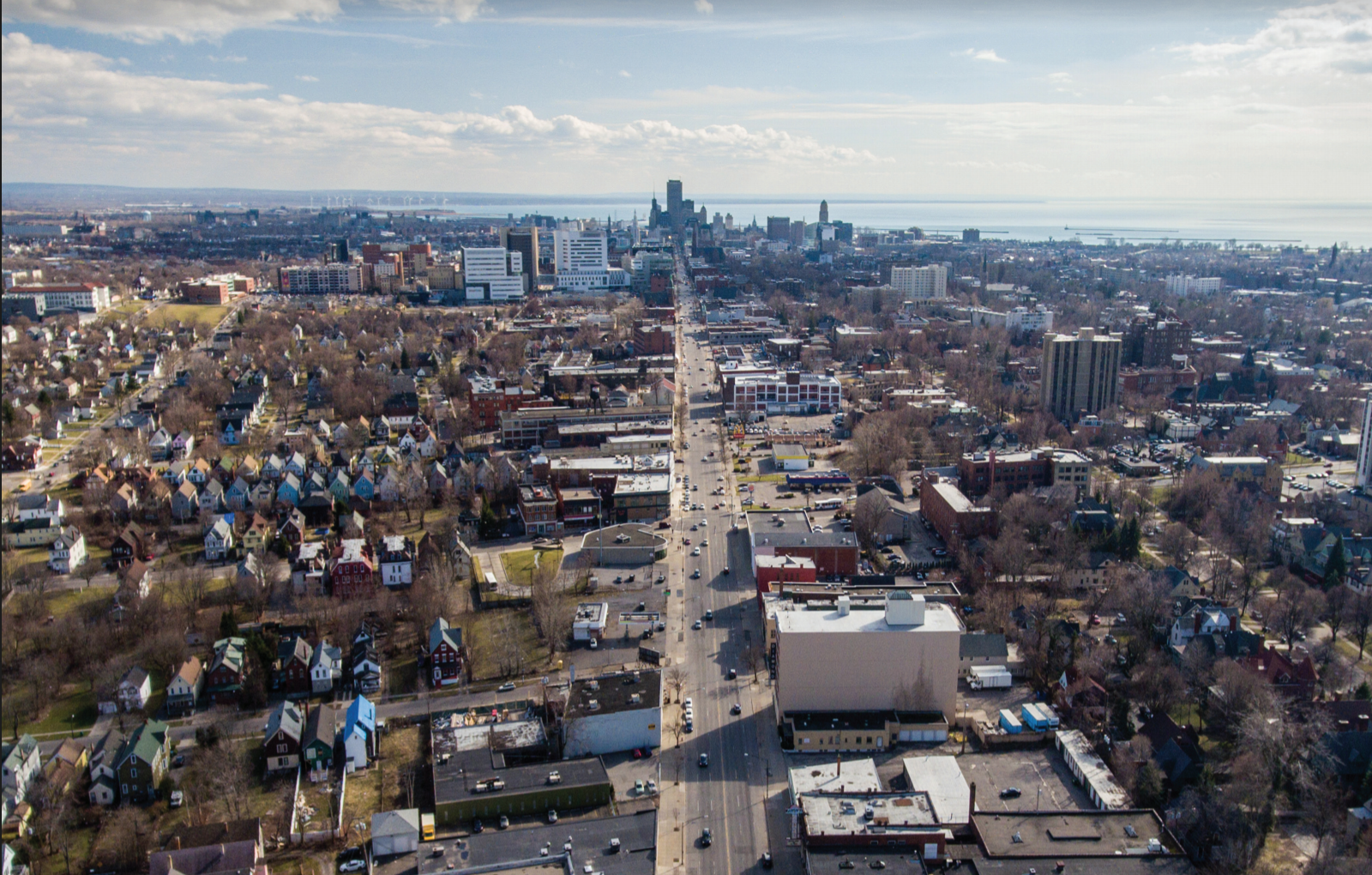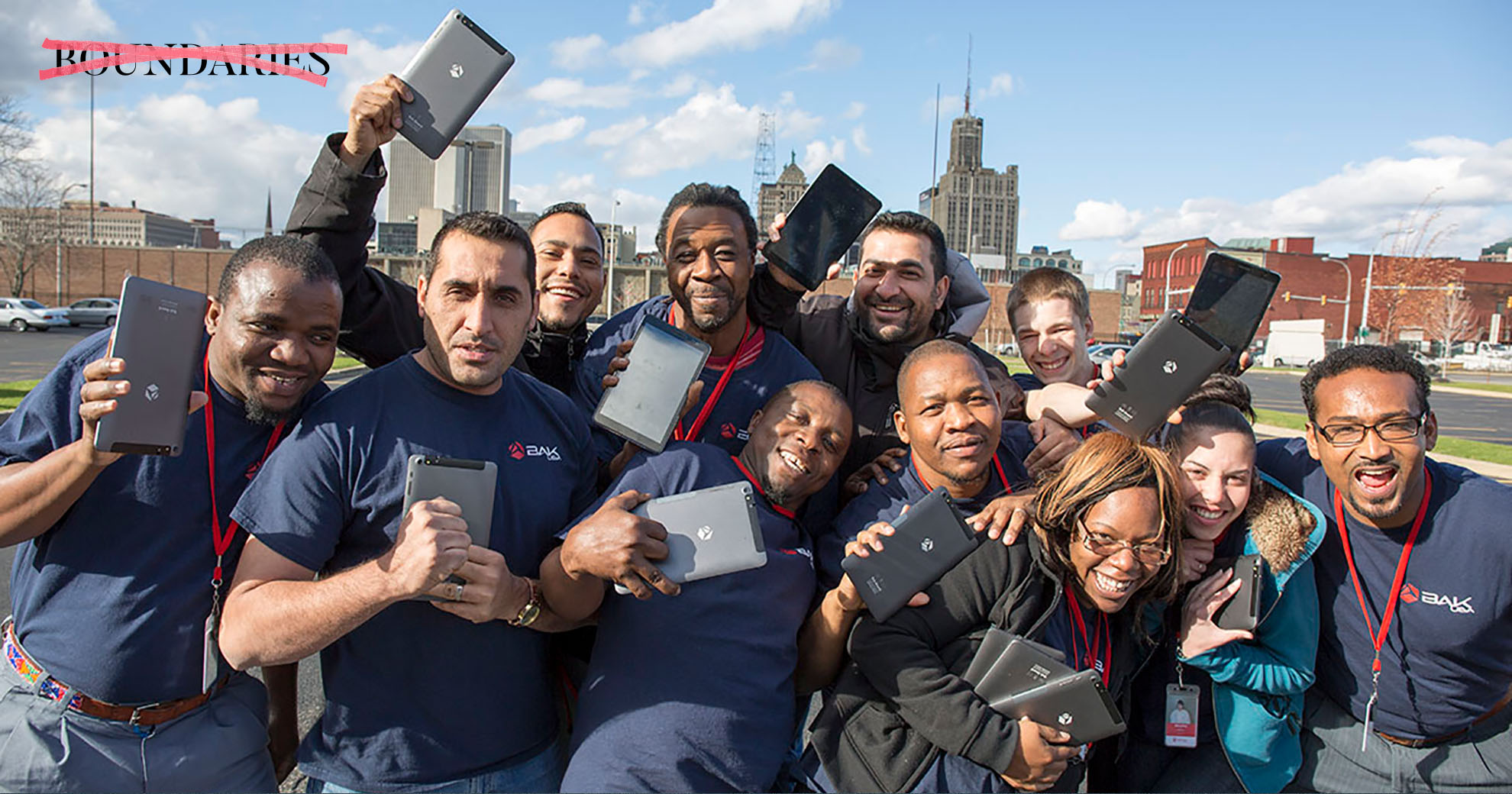Photo by Colin Gordon
Article By Bradley Bethel
The corner of East Ferry Street and Bailey Avenue is far from the excitement of Canalside, the Medical Campus, and Elmwood Village, areas that are exemplary of Buffalo’s “renaissance”. Vacant lots, abandoned buildings, deteriorating homes, and broken sidewalks are harsh reminders of the work that still lies ahead; a reality that is unacknowledged by City Hall.
The neighborhood surrounding Bailey and Ferry is one of numerous examples of how decades of disinvestment has impacted the East Side. Not only did it damage these once-thriving neighborhoods physically, it also damaged them psychologically. Corresponding poverty among residents leaves little time for community participation, as most are preoccupied with how to feed their children or pay their bills through the next month. As parents struggle, children struggle. They gain little access to nutrition or recreation, they have trouble staying in school, and like their distracted parents, focus little on investing in their own community, and in turn, themselves.
Harmac Medical Products, at 2201 Bailey Avenue, has resided in the city proper since 1981. Because no investments had ever been placed in the Bailey Green neighborhood, and with one-fifth of its employees residing in the immediate area, Harmac would set forth a plan that would distinguish itself from many large businesses in a host neighborhood. They began in 2008 with modest payments for landscaping and sanitation services. As of last year, they have partnered with several other organizations on an ambitious project that will address several key challenges facing the East Side.
1 – Home Contamination:
A 2014 article from the Investigative Post revealed that Buffalo ranks higher than the national average of lead contamination in residential homes. Before the 1978 ban of lead paint, many pre-World War II homes were built with this substance which, due to deterioration, has posed environmental hazards to long-term residents.
Toxic chemicals have a subliminal effect on a person’s health, more so on children being raised in homes susceptible to lead poisoning. Erie County’s health testing has accomplished little, and the city government lacks motivation to adopt proper legislation to solve this problem.
The remedy proposed through Bailey Green is all-new housing units that are respective to its occupants, especially young minds. Habitat for Humanity and Heart of the City Neighborhoods are two partners that will specifically provide homes placing an emphasis on unit ownership and environmentally-conscious structures.
2 – Lack of Nutrition:
This particular discrepancy was one of the frequently-mentioned concerns among residents in the city’s inaugural Participatory Budget ballot held in the Masten District last year. Although supermarkets offer produce, many residents relying on an undependable public transit system lack easy access to proper nutrition. The East Side lacks such a nutritional outlet as Guercio & Sons in the West Side’s Grant-Ferry Marketplace, or the Lexington Co-op of Elmwood Village, which just opened a second location on Hertel Avenue in North Buffalo. Many East Side corner stores offer little produce, instead offering an abundance of candies and junk foods.
Bailey Green will launch a community garden, a fruit orchard, two greenhouses, and a neighborhood café. Courtesy of Urban Fruits & Veggies, these multiple venues will take the availability to fresh produce a step further by giving residents the resources to cultivate their own food.

3. No Exercise:
Regular exercise for children is a challenge on streets battling decay and violence. The Algonquin Sports for Kids, a division of Buffalo Soccer Club, will provide two soccer fields for the Bailey-Ferry neighborhood. See our article on page XX from Dallas Taylor covering this group’s efforts throughout the city.
4. No Shops or Retail:
The struggling retail market for the city proper is another long-standing issue that has yet to be addressed by city leadership. As one of many examples, an established neighborhood café is scarce on the East Side. You could go to Tipico Coffee in the Lower West Side’s Prospect Hill, Spot Coffee in North Buffalo, Ashkers in Elmwood Village, or Sweetness 7 Café in Grant-Ferry. But what East Side cafés offer the same citywide recognition that often anchors surrounding small businesses?
The proposed Bailey-Green Café for East Ferry and Zenner Streets will bring a much-needed communal gathering space for the neighborhood. Also covered by Urban Fruits & Veggies, it will be one of the centerpieces for the Bailey-Green project.
5. No Jobs or Training
The 19th Century Wende Cottage at 2256 Bailey Avenue will be donated by Harmac to University at Buffalo architect Dennis Maher, in partnership with the Albright-Knox Art Gallery, to create an employment and training center. The center will cater to high carpentry and craftsmanship for area residents.
Harmac Medical Products is already breaking precedent among larger businesses with its commitment to the neighborhood through its employee-oriented culture. As such, their on-site services include scholarships for employee’s children enrolling in colleges, as well as free tax services and credit rating reports.
Overall, 33 acres will be undergoing a massive transformation over the next few years.
New fruit orchards will harken back to a time when such a thing existed in the city. The Fruit Belt, east of the Medical Campus, was so-named for the orchards grown by the neighborhood’s German agricultural residents of the 19th Century. Volunteers for the Endless Orchards group planted multiple trees and shrubs around the Fruit Belt this past spring, attempting to replenish the neighborhood’s lost orchards.
Bailey-Green’s ranch-style homes, as well as apartment units appear to be more than an aesthetic remedy, but an effort to provide residents environmentally-conscious homes and financial opportunity that comes with home ownership. How these efforts are conducted will determine how similar strives for residential health and long-term home ownership could be applied to other East Side neighborhoods, including Broadway-Fillmore, Cold Springs, and Willert Park among others.
UB professor Hiro Hata cites “tactical urbanism” as small but effective planning that is intended to highlight the strengths of the subject neighborhood. A demonstration was given at the Five Points neighborhood during the 2014 Congress for New Urbanism conference. As a result, Five Points is slowly emerging as one of the newest hot spots on the city’s West Side.
Through his employee-oriented culture at Harmac Medical Products, owner John Somers is opening the door to a new breadth of opportunities for frequently overlooked neighborhoods:
“Investing in the local neighborhood around our headquarters and where many of our employees live is aligned with Harmac’s overall corporate mission. We are so pleased that our initial work has become a catalyst for additional community organizations such as Habitat for Humanity, Groundwork Gardens, the UB School of Architecture, and many others to get involved and to help transform and revitalize this part of Buffalo’s East Side.”





